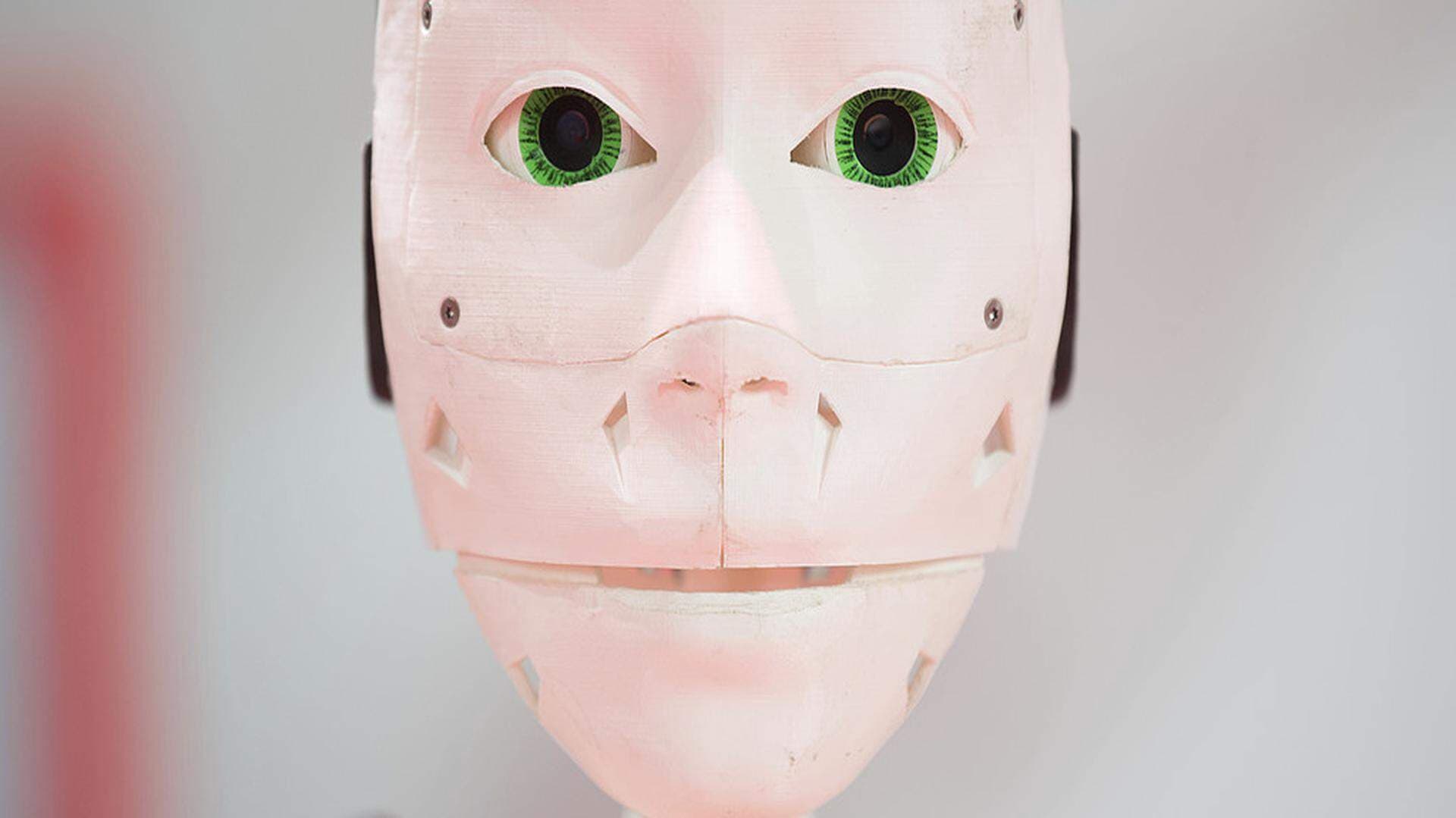Artificial intelligence on everybody’s mind
Artificial intelligence is on everybody’s mind in the EU capital. The European Commission recently launched its strategy for artificial intelligence, which focuses on promoting research and development of AI across European sectors.

The Confederation of Swedish Enterprise threw its hat into the ring and organized a conference to showcase how companies are already putting AI to good use in tackling our time’s big challenges.
– It is frustrating that so many events on artificial intelligence in Brussels frame it in terms of pros and cons of the new technology, but fail to talk about all the things that businesses are doing in different sectors and show the impact of AI. To give more people the opportunity to meet those already working with the technology we arranged the conference “AI in practice”, explained Sophia Bengtsson, Deputy Director of the Confederation in Brussels.
“AI in practice” gathered participants from the Commission, the Council, business organisations and enterprises. After presentations from representatives from the industry they were introduced to ten concrete examples of how AI is used in business today.
First on stage was the healthcare robote Giraffe, from Carmanio Care, who makes it possible for family, care personnel and medical professionals to make virtual house calls with elderly still living at home, but who require care. The robot can move freely around the house and can interact with the patient via video.
Johanna Lopstowska from the European retail sector, Eurocommerce, told the audience that AI is gaining significance in commerce. There is an AI revolution brewing in the sector, but it seems like a slow start because it is not as visible as elsewhere. Especially in customer service, AI has a lot to offer the industry.
Iris Bouwers from European Council of Young Farmers pointed out the demographical challenge within the European farming sector. The people working is getting older, and that means we will need better technological solutions both to secure food production and to create attractive jobs for the younger generation.
– Digitalisation creates new opportunities for farming. With digitalised maps and GPS you can plan, structure and evaluate information about the lands fertility, moisture levels, acidity and so on, and with that information you can, for example, fertilise more efficiently. Milking robots doesn’t just milk the cows, it tracks their routines and can help plan the feeding. It can even warn for possible disease.
Søren Hyldstrup Larsen from Nordic Logistics Association talked about the possibilities AI creates in logistics and transport.
– The challenge for us is getting the technology to work in practice. Human-machine interface, new standards and demands on equipment doesn’t just demand regulations on EU level; it needs to be solved globally. And once that is done, the technology needs to be easily adaptable in an industry consisting of a lot of one man enterprises.
– The really big challenge is that the new technology demands further investments in infrastructure. We’re talking about an area where we already have a 40 trillion euro deficit just for the roads. Therefore it will be a slower process than we would all wish before we see more AI.
Mathias Ekman from Microsoft talked about the possibilities AI offers in the health sector. Big data is already used in health care, but not as much as is can.
– We could do more to for example monitor with self-diagnosis and connectedness to the cloud to early on identify care needs. From a business point of view we see a trend going from smart gear to new companies handling data and helping make decisions using that data.
Dennis Hart from Eurocontrol talked about how digital services can solve the challenges of air travel. Customers want to be able to fly more and growth of three to four percent per year.
– The concrete challenge for us is fitting more airplanes in the air and at the airports. A lot of processes and actors work together in an airport and they need to be able to exchange information. Practical use is connecting to other services so that, for example, there is enough taxis when the flight arrives.
Valentino Pacifici from Sana Labs pointed out the opportunities the new technology creates in the educational sector. An industry which turns over 5 trillion dollars a year and which is growing fast, particularly in Asia.
– With digital technology education companies can offer personified courses for every student and thereby optimise learning. In comparison the advertising business the biggest players fight hard for a few seconds of our attention, with new technology we should be able to do the same in our learning platforms.
After the initial presentations the participants were given the opportunity to study a number of concrete adaptions of AI in five different workshops. Participating businesses where Avanade, Bayer, CEJA, Cambio, Camanio Care, Coala Life, Ertico, Eurocontrol, Eurocommerce, Ilvo, Lexplore, LFV, Microsoft, Nordic Logistics Association, Sana Labs, Scania and Volvo Group.